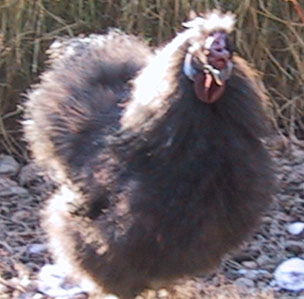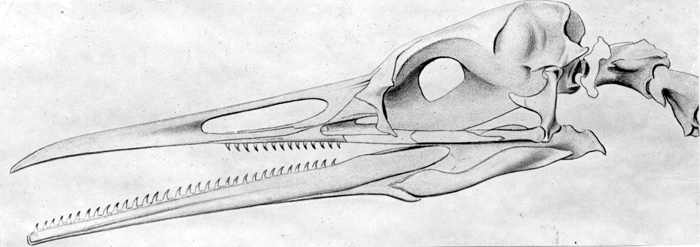tiny dinosaurs

tiny dinosaur
On a whim, I started re-reading Phillip K. Dick’s 1969 novel Ubik, a few weeks ago. In it, the characters, who are living some time in the near future, are suddenly confronted with a reality in which time regresses around them. The objects in this environment begin to devolve into more primitive versions of themselves, regressing through their own embedded history, ontology recapitulating phylogeny, in a backward race to the beginning.
To make matters worse, some of the characters are becoming infected with a hyperaccelerated ageing disease that makes their bodies wear out and crumble to dust, in the time it takes for them to traverse a room. The only cure for all of this seems to be the elusive substance ‘Ubik,’ which keeps appearing in mysterious advertisements the characters find in their increasingly regressed environment; ads that emanate from the frozen mind of their cryogenically preserved former boss, Glen Runciter, who was killed in a bomb blast on the moon.
Though the full blown epidemic of atavism Phillip K. Dick imagines still remains in the realm of fantasy, scientists have been having heated discussions lately on the phenomenon of reverse evolution.
The furor centers on accounts of a Kurdish family who allegedly have a mutation causing them to walk on all fours. Is this an example of ataxia, a medical condition caused by an underdevelopment or degeneration of the cerebellum, or is it an example of human evolution going backward? The waters have been further muddied by the claim that the afflicted family has been paid off by a BBC documentary team to stop cooperating with the Turkish scientist, who was originally studying them to give them exclusive access. Given this kind of media manipulation, one has to wonder about the phenomenon’s scientific credibility. Are these poor people simply being co opted into a gratuitous, pseudo scientific TV freak show? Or is there a scientific basis to the theory that their genetic makeup is causing them to revert into a proto-human form? The answer might be obscured forever by scientific infighting and the demand for “info-tainment.”
Buried in all of this brouhaha was an interesting reference to research being done on stimulating the growth of reptilian (or more specifically archosaurian) teeth, in the embryos of chickens. Archosaurian refers to crocodiles, the closest living relatives of dinosaurs next to birds. A recent study, detailed in Current Biology, reveals that dormant developmental programs ‘hiding’ within the genetic code of birds can be turned on to make birds grow teeth.The study hints that under certain conditions, contemporary birds can be made to revert to their earlier form. is essentially saurian. Many primitive birds such as Archaeopteryx and Hesperornis had teeth and the distinction between them and their dinosaur predecessors is vague to nonexistent. In fact the word ‘predecessors’ is incorrect. Bird-like dinosaurs and proto-birds were contemporaneous for eons and more and more fossils are being unearthed, particularly in China, of dinosaurs with feathers.

hesperornis skull showing teeth
Recent discoveries there of the remains of early Tyrannosaur relatives, Dilong paradoxus and Guanlong wucaii, indicate that feathers were in fact a relatively early dinosaur adaptation, which later devolved back into the bare lizardy skin we now commonly associate with them.
I was pleased to read that according to some scientists anyway, chickens might date back to at least the Cretaceous. I keep two small flocks of Chinese silky chickens and am often struck by how dinosaur-like they are. The silkies have some rather odd reptilian features such as a fifth toe, strange, knobby, walnut kernel shaped protuberances on the male foreheads and a coat of hairy feathers, useless for flying; much like those of early feathered dinosaurs. They also make communal nests, as did some of the larger plant eating dinosaurs, particularly the Titanosaurs and the duck-billed Maiasaura. Watching these strange little fuzz balls every morning as they hunt for insects or take their dust bath, I am accorded a view into the distant past. The dinosaurs it seems never left us. They just got tinier. . .



